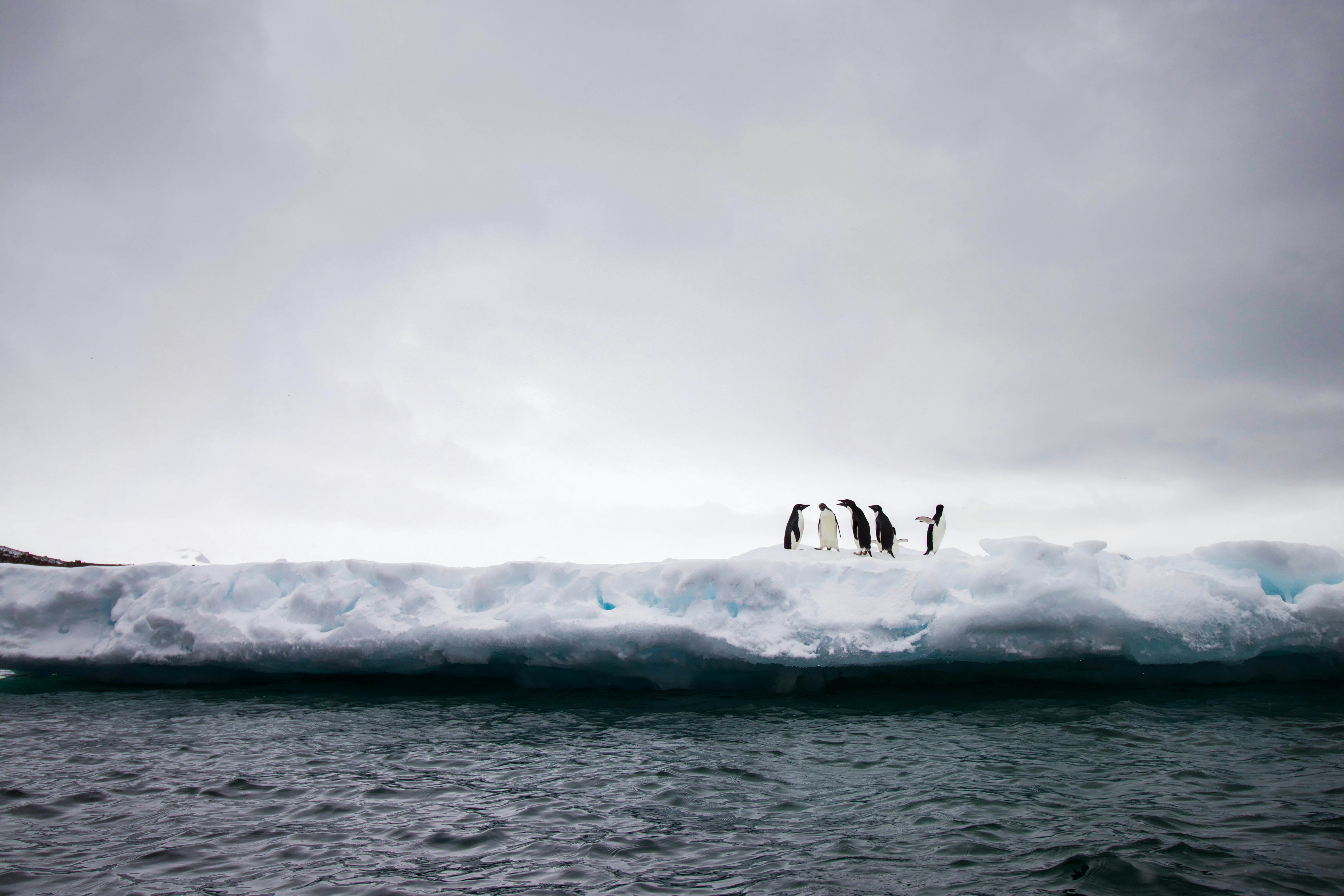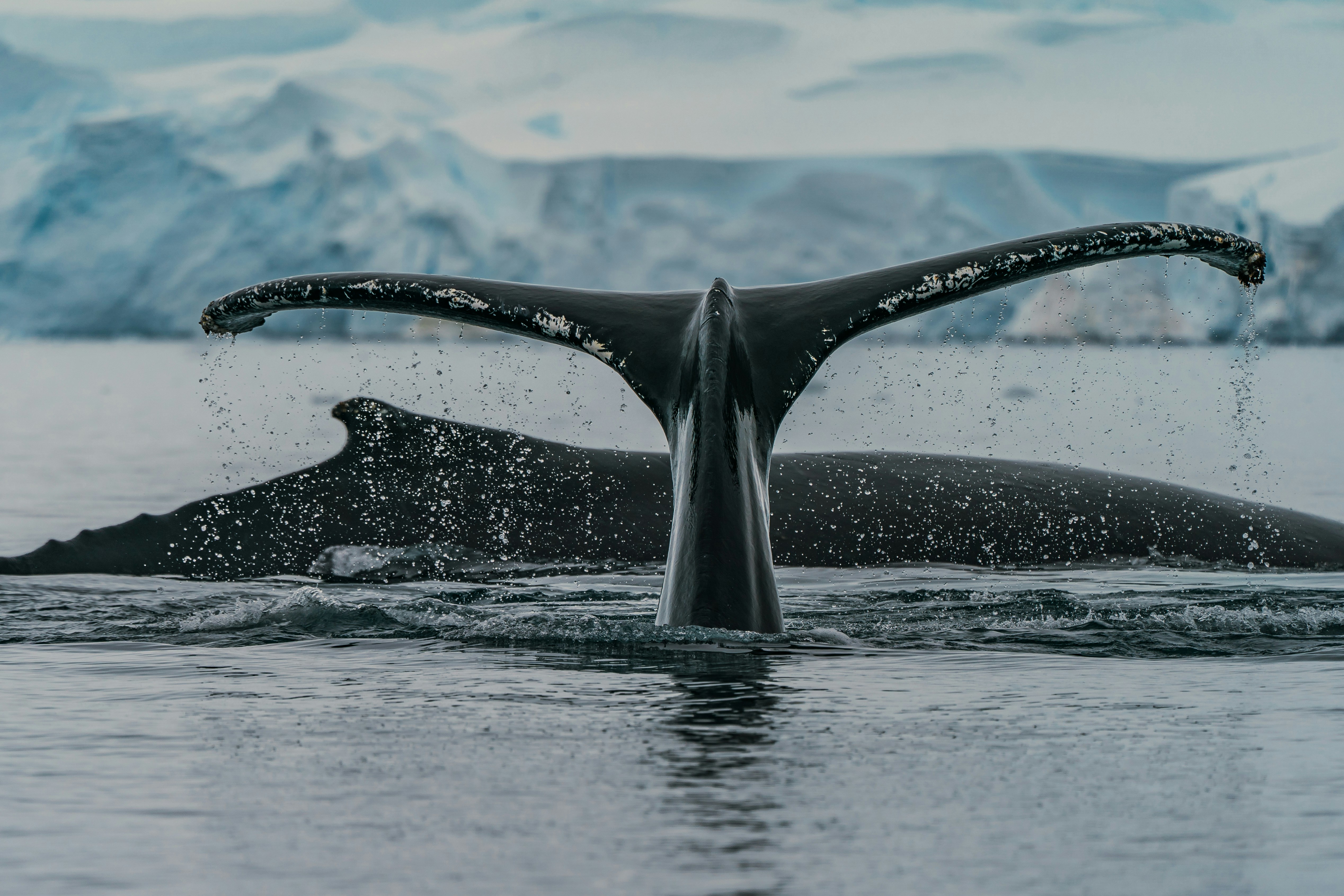Imagine standing on the edge of the world…
Antarctica is a place where ice stretches endlessly, the air is so pure it feels otherworldly, and the only neighbors you’ll meet are tuxedoed penguins and curious seals. Sounds like a dream? In 2025, that dream is more accessible—and urgent—than ever.
Did you know the Antarctic Peninsula is one of the fastest-warming regions on Earth? With climate change transforming the icy landscape, many travelers are rushing to witness this pristine wilderness before it changes forever.
This isn’t just a trip; it’s an awakening. Standing among glaciers that creak like ancient doorways and icebergs sculpted by time itself, you’ll feel like you’re on another planet. You’re not checking a box on your travel list—you’re stepping into the unknown.
Whether you’re a thrill-seeker, wildlife enthusiast, or history buff, this guide will help you explore Antarctica in 2025 with confidence, care, and curiosity. You’ll learn not just how to go, but how to make your journey one that supports conservation, respects the ecosystem, and fills your soul.
Let’s uncover how to travel to the coldest, driest, and most breathtaking continent on Earth.
Why Visit Antarctica Now?
Antarctica is having a moment. Between environmental headlines and growing eco-tourism, 2025 is shaping up to be one of the most meaningful years to visit.
Here’s why:
- Warming trends have opened up new areas once locked in ice.
- Wildlife migrations are shifting, bringing new photographic opportunities.
- Centennial events mark 100+ years since early explorers like Ernest Shackleton braved the icy south.
- Technology has made expeditions more accessible than ever—with safer ships, faster fly-ins, and better equipment for exploring.
This is also a time of reflection. Antarctica is a barometer for our planet’s health. Visiting here fosters a deeper connection to global climate issues. You come for the adventure and leave an advocate for Earth.
And let’s be real: the chance to say, “I’ve been to Antarctica” is a badge of honor few can claim. But the real treasure? The stories you’ll bring back.
How to Get There – Cruises, Fly-Ins & Hybrid Tours
So, how does one get to a place with no airports, no hotels, and no Starbucks?
Start in South America or Australia
Most expeditions depart from:
- Ushuaia, Argentina (aka “End of the World”)
- Punta Arenas, Chile
- Hobart, Australia or Christchurch, New Zealand for East Antarctica routes
These are not your average vacations. Each route offers distinct landscapes, wildlife sightings, and historical connections. Some routes focus on the Antarctic Peninsula, while others include the South Shetland Islands or even the elusive Ross Sea.
Cruises: Classic and Comprehensive
- Duration: 10–20 days
- Includes Drake Passage crossing (notorious but rewarding)
- Zodiac landings daily
- Lectures and photography workshops onboard
Fly-Cruise: Skip the Drake
- Fly to King George Island
- Board your ship there
- Ideal if seasickness worries you
- Saves 4 days of travel across the choppy Drake Passage
Top Operators to Consider:
All are IAATO-certified and specialize in low-impact travel. They also employ experienced polar guides, naturalists, and scientists who turn your journey into a mobile classroom.
Wildlife Encounters You Can’t Miss
Think Antarctica is lifeless? Think again.
This continent teems with life that has adapted to extreme conditions. And 2025 promises some of the best sightings in decades, as shifting ecosystems bring animals closer to tourist-accessible zones.
Spot These Creatures:
- Emperor Penguins (March & November, mostly inland)
- Adélie & Gentoo Penguins (nesting Dec–Jan)
- Leopard & Weddell Seals
- Humpback & Minke Whales (Feb = peak whale season)
- Albatrosses & Petrels gliding overhead
Photographers, rejoice. Lighting conditions in the austral summer are magical. The sun barely sets, casting a golden hue over the ice for hours.
Bring binoculars and a good zoom lens—you’ll want to capture these moments forever. Ethical tour guides will ensure your encounters are responsible and enriching.
Tip: Always stay at least 5 meters from wildlife and never feed or follow animals.
Life on the Ice – What It’s Really Like
A day in Antarctica isn’t your average itinerary. Expect the unexpected—every sunrise brings a new surprise.
Common Experiences:
- Zodiac Landings on icebergs or pebbled beaches
- Polar Plunges in sub-zero waters (yes, you get a certificate!)
- Glacier Hikes with expert guides
- Visits to Research Bases (if permitted)
- Photography sessions during the golden hours of polar light
You’ll eat surprisingly well onboard (yes, there’s wine), and cabins range from simple bunks to luxe suites with heated floors. Daily briefings prep you for landings, while evenings bring movie nights, science talks, or quiet time with a view.
Traveler story: “One night, we camped on the ice under the midnight sun. The silence? Deafening and divine.”
Whether you’re mingling with penguins or sipping cocoa on deck, every moment feels surreal.
Pack Like a Polar Pro
Forget fashion—function is your best friend.
Packing Essentials for Antarctica:
- Waterproof parka (often provided by cruise)
- Thermal layers (merino wool is gold)
- Waterproof gloves & boots
- UV sunglasses + SPF 50 (snow reflects sunlight)
- Motion sickness patches (for the Drake Passage)
- Camera gear + dry bag
- Moisturizer and lip balm (the air is dry)
- Portable power banks and extra memory cards
Pro Tip: Label your stuff. Everyone wears the same rental gear!
Smart packers also bring notebooks for journaling, compact binoculars, and reusable water bottles. Every item should be rugged, reliable, and resistant to the elements.
The Ethics of Antarctica – Travel Without a Trace
Antarctica has no government, no borders—and no second chances.
Protecting the Ice:
- Governed by the Antarctic Treaty System (since 1959)
- Guided by IAATO rules: <100 people on shore at once, no trash left behind, strict decontamination protocols
- No souvenir collecting—everything stays
Only a handful of operators are licensed to land tourists. Choose one that educates passengers about minimizing environmental impact and supports scientific research.
Sustainability tip: Avoid helicopter tours or large ships with over 500 passengers (they’re not allowed to land). Choose vessels that offset emissions and follow strict biosecurity measures.
Your presence should leave no mark—only a deeper appreciation.
A Journey You’ll Never Forget
Antarctica changes you.
Maybe it’s the crunch of ice beneath your boots. The eye contact with a curious seal. Or the sheer, majestic silence. Whatever it is, it sticks with you.
Veteran travelers often call this their most humbling trip. The scale of the ice, the purity of the environment, and the fragility of life here awaken something primal.
You leave Antarctica, but Antarctica never leaves you.
Ready to explore Antarctica in 2025?
Start planning now—spots fill up fast, and responsible operators limit group sizes. For more guides on extreme destinations, subscribe to our newsletter or read our destinations section.




